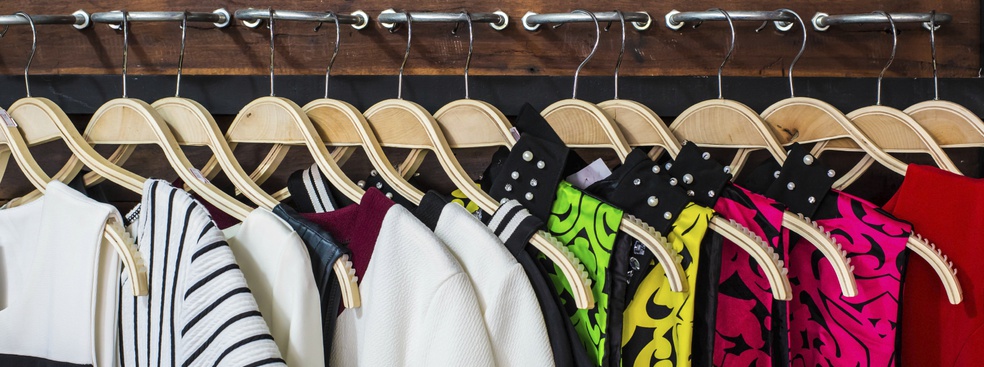From the new book “The Road to Luxury: The Evolution, Markets and Strategies of Luxury Brand Management” by Ashok Som and Christian Blanckaert.
Although many believed the luxury industry would be immune to the crisis, the 2008-2009 recession would eventually produce a change in the behavior of luxury consumers. First and foremost, these consumers became choosier: where before the crisis they would have bought ten products, after the crisis they would choose just one or two, after careful deliberation. Second, they showed a renewed interest in inconspicuous consumption: many avoided purchasing products that were too obviously expensive or flashy.
With the changes in the consumption behavior, luxury brands had to reposition themselves during this period of transition. Surprisingly, however, many of the strongest brands chose starkly opposing strategies, revealing that the luxury industry was heterogeneous and constantly evolving.
1. Cost-rationalization
Some luxury brands had the same knee-jerk reaction: reduce expenses, reign in spending, and reduce expansion. Strategies included hiring freezes, reducing the number and the size of the collections, rationalizing media spending, and reducing head-counts: Dolce & Gabana slashed prices. Stella McCartney closed its boutique in Moscow just 18 months after opening. Burberry ended its Thomas Burberry collection.
2. Globalizing
Other brands, however, saw the crisis as opportunity to expand geographically and touch new potential customer bases. Prada, for example, undertook the most aggressive investment plan it had ever undertaken in 2008-2009 in an effort to expand its distribution network. Similarly, Hermes opened stores in Manchester, Las Vegas and Wuxi in China – and resisted the crisis quite gracefully.
3. Diversifying
Expansions were also undertaken horizontally into different traditional luxury categories. For example, Louis Vuitton expanded into high fashion, high jewelry and watches. Coach explored lower price options for the consumer, providing them with a larger range of accessible products. Other luxury brands explored new ways of reaching customers: through mobile advertising, or online sales, for example.
4. Holding true
But what’s most striking about the luxury industry is the capacity of some brands to resist the crisis by simply not changing at all, and staying true to their luxury heritage. Bottega Vanetta, for example, continued to manufacture its products in Italy and invested in its artisans to ensure that they gave traditional quality output. This cool-headed reaction ensured that the brand was two steps ahead of its panic-struck competitors.
5. Up-scaling
Some of the biggest post-crisis success stories come from those brands that chose to reinforce their luxury status. Christian Dior, for example, exited its logo and accessory product business as it pursed an up-scaling drive, in the hope that the cream among the super rich would not be affected by the crisis. François-Henri Pinault, CEO of Kering, was of the opinion, “There’s a new perception of luxury, a more discrete sophisticated luxury where notions of heritage and craft play a big role.”
What does the diversity of reactions say about the luxury industry as a whole? Growth depends on each brand’s ability to understand the scope of potential customers, fixing a strategy based on a specific language. There was no universal response, nor any universal language. Chanel speaks Chanel, Hermes speaks Hermes -- each brand faces an individual challenge for how to keep the dream alive for their consumers.
From the new book “The Road to Luxury: The Evolution, Markets and Strategies of Luxury Brand Management” by Ashok Som and Christian Blanckaert









